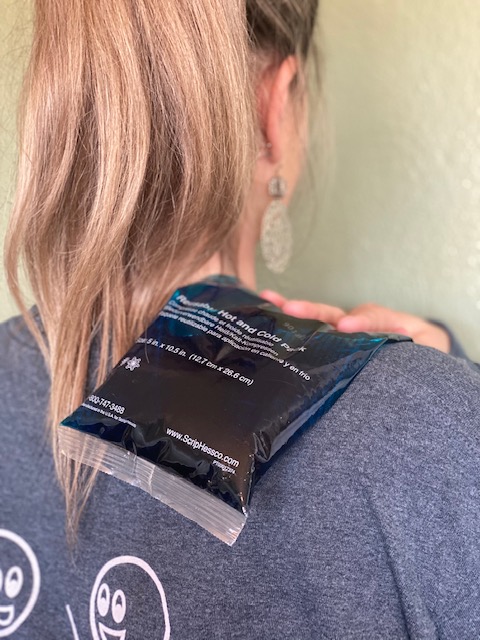Ice, Ice, Baby!

When patients suffering from acute pain visit a chiropractor’s office, they usually are looking for immediate, short-term relief. One of the best ways to get that relief it is by icing the injury.
The body’s first response to injury is to swell, a common side effect of inflammation. Inflammation is one of the ways the body protects itself, and although our immediate reaction is to try to reduce it, acute inflammation is an essential part of the healing process.
How Ice Packs Work
When an ice pack is placed on an injured area as soon as possible, it reduces the blood flow to that area and subsequently reduces swelling. While nonsteroidal anti-inflammatory medications (NSAIDs) may be prescribed by a medical doctor, ice or cold packs should be the first line of defense in addressing the primary injury.
There are several ways of applying cold that are effective in relieving pain, swelling, and inflammation, including:
- Ice towels. Place a damp towel in a plastic bag, freeze it for 15 minutes, remove it from the bag, and apply it to the injured area.
- Ice packs. Either buy an ice pack, or place about a pound of ice in a plastic bag and pour in enough water to just cover the ice. Press out the air, seal the bag, wrap it in a wet towel, and place on the sore area.
- Cold packs. Bags of frozen vegetables are cheap, last 10-20 minutes, and easily wrap around the injured area. You can also mix three parts water with one part rubbing alcohol in a plastic freezer bag and freeze it until it becomes slushy. When the slush melts, just freeze the bag again.
How Long Should You Ice an Injury?
An ice or cold pack should be applied to the injured area a minimum of three times a day until pain, swelling, and inflammation subside. During the first 72 hours, you should apply ice for 10 minutes once an hour, and 15-20 minutes, three times a day thereafter: morning, late afternoon, and about 30 minutes before bedtime.
To protect the skin, you should always keep a piece of cloth between it and the ice pack, and press against the affected area. Never apply ice for more than 20 minutes at a time, and don’t fall asleep with an ice pack left on your body.
Ice or Heat: What’s the Difference?
There is much confusion about whether it’s better to use ice or heat to relieve pain. Generally, ice reduces swelling, numbs the affected area, and is best for injuries because it relieves the pain associated with inflammation. On the other hand, heat draws more blood to the area it is applied to, and is recommended for muscle spasms and stiff joints. Heat should not be used in the first 48 hours after an injury.
Confusing the two can have unintended results. Heat can make inflammation worse, and ice can aggravate muscle tension and spasms.
